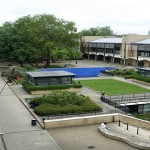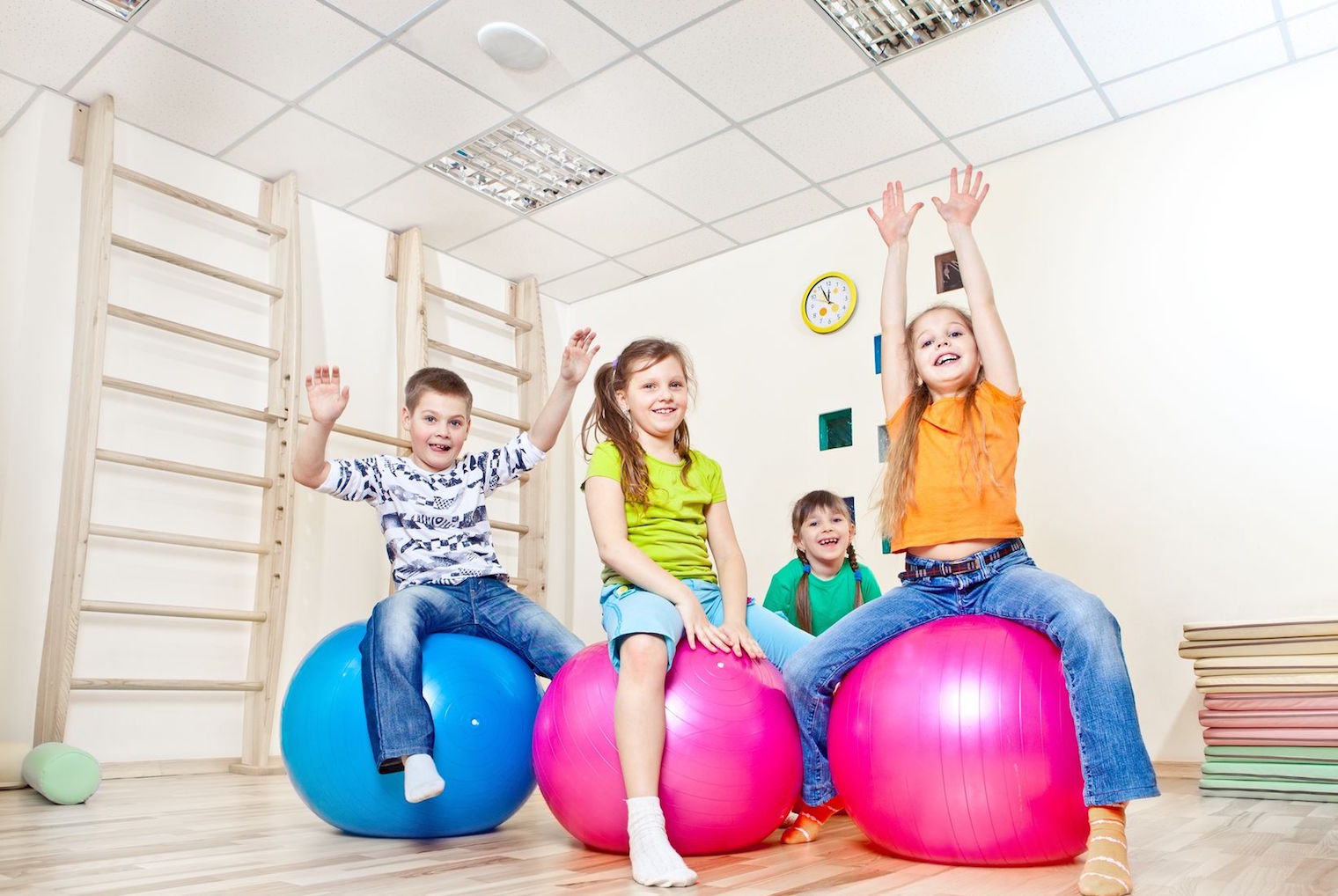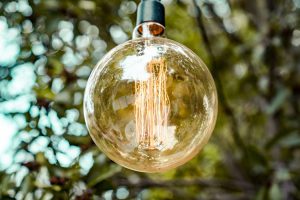- Studies show air quality, light and temperature account for half of the total impacts on academic performance
- Optimised lighting aids concentration in lessons, and pupil wellbeing
- New lighting technology can play a crucial role when daylight is lacking
To nurture future generations, there are few things more important than creating the right kind of learning environment – and lighting is a major part of this. Adding sustainability into the mix saves carbon, adds learning potential and safeguards our future planet.
Finding new ways to deliver the best learning environment remains a constant challenge. 2015 research from Salford University found the layout, construction and decoration of classes had a significant impact on reading, writing and maths.
But the data also showed natural light, temperature, air quality and individualised classroom design were especially important. Indeed air quality, light and temperature account for half of the total impacts on academic performance.
“Humans are essentially animals, and their brains respond well to good natural conditions,” Professor Barrett, the man behind the research explained. His words point to a simple fact; people and children are happier in well lit, relaxing schools and offices, not bright, stark places with no control over light volumes or levels.
The Salford research doesn’t stand alone. ‘The right light in the morning, that has sufficient brightness with higher components of blue, can help to get you ready for the day,’ argues a Lighting For People paper on the benefits of lighting and wellbeing in education.
‘Especially in education, a conscious mind is important for good concentration during lessons. It doesn’t matter if the person is an elementary scholar or a student. Both can benefit from an optimised lighting environment in a direct or indirect way,’ it concludes.
There’s yet more evidence available. ‘Good lighting is crucial for occupant satisfaction, and our understanding of the health and wellbeing benefits of light is growing all the time,’ confirms a World Green Building Council report on health and wellbeing.
‘Further innovations in low carbon lighting design will be crucial,’ it claims. The evidence base suggests delivering more sustainable, healthier light, and ensuring calmer, more productive children within our schools must count among today’s key priorities for UK education as a whole.
The opportunities of sustainable light in education
Natural light is always best, and always the most sustainable, making clean and modern windows and blind systems essential. But when natural light is lacking, for example on dark days or in poorly designed legacy buildings, new lighting technology has a crucial role to play.
In these circumstances, LED alternatives ensure that pupils have the best light levels, the right colour gradients and the cooler temperatures modern solutions provide.
The search for practical improvements to legacy lighting suggests schools should be appointing lighting providers that, first and foremost, understand the issues. This drive should come from the top down.
After all, both education and lighting are complex. The modern school features many competing drivers, performance standards and benchmarking measures. Among all these, it is easy for lighting to lose advantage. Management level guidance is required.
The challenge is plain. If school leaders overlook lighting improvements in the race to tick boxes, schools will miss easy opportunities to improve learning, results, happiness and day to day school life.
Ironically, these are the very metrics inspectors use to rate schools’ performance. The right lights will contribute across every facet of school life; sustainability, low carbon and productivity. In the competition for management time and funding, it’s never been more critical that lighting doesn’t lose out.
The next stage in the education lighting revolution
 Hackney Community College supports over 9,000 students each year from its award-winning Shoreditch campus. Seeking kinder, more beneficial light, it has converted 4,900 lamps to LED. The project forms part of a major energy efficiency upgrade, and will pay for itself in just over 2.5 years.
Hackney Community College supports over 9,000 students each year from its award-winning Shoreditch campus. Seeking kinder, more beneficial light, it has converted 4,900 lamps to LED. The project forms part of a major energy efficiency upgrade, and will pay for itself in just over 2.5 years.
The conversion included the retrofit of 335 fluorescent tubes to LED in the sports hall. This resulted in a dramatic improvement in overall quality and a pleasant daylight colour; precisely the improvements needed to catalyse happiness, learning and energy.
“We made a point of helping the College achieve the optimum colour temperature and glare, the latter being particularly important in the sports hall and ICT rooms,” explains Energys Business Development Manager Raj Gunasekaran, the man behind the LED installation.
“As has been well documented at this stage, these factors can be a decisive influence on pupil concentration and the overall comfort of pupils and teachers.”
The final word
A combination of retrofits on unsuitable legacy lighting, and smart control systems to control blinds and windows for sunlight and fresh air are among the simplest first steps. Then, it is up to individual schools and estates to choose how deep the rabbit hole goes.
Above all, one truth is plain. Natural light and modern LEDs can revolutionise children’s happiness and intelligence. Combined with the sustainability benefits, lower costs and learning add ons, the lighting lesson must be taken on board.
Energys has helped hundreds of schools enjoy the benefits of new lighting technology. Read our case studies for more information on how we work.








